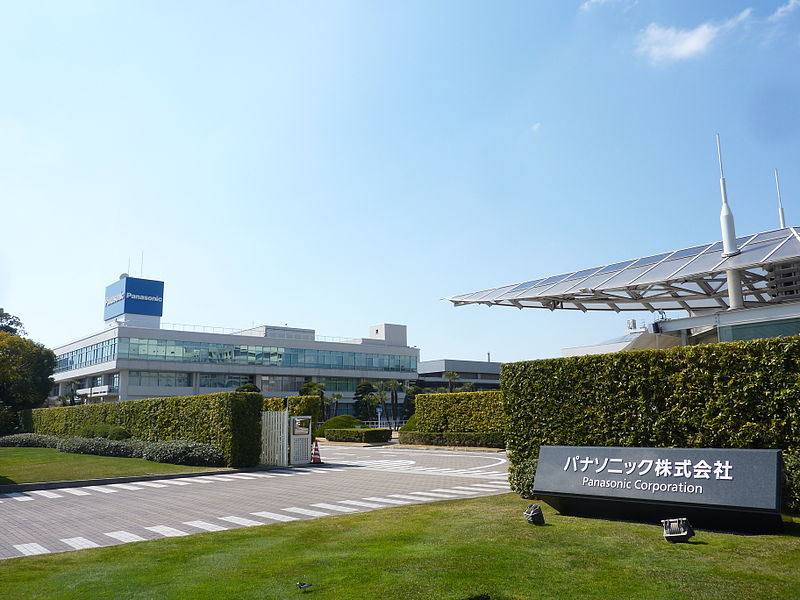
Panasonic has introduced its application programming interface (API) for facial recognition technology to be used in Japan.
The API assists deep learning-based facial recognition technology through a Cloud-based service.

Discover B2B Marketing That Performs
Combine business intelligence and editorial excellence to reach engaged professionals across 36 leading media platforms.
Panasonic stated that the API features a quantity generation method that can recognise the whole face and certain parts of the face using various deep learning technologies.
It is also equipped with a trademarked Panasonic algorithm that uses a similarity calculation method to match faces and control errors due to external conditions.
This helps the technology to identify people’s faces in difficult conditions, including when the face is seen from an angle, difficult lighting conditions or partially covered faces.
The API allows facial recognition technology to be incorporated into customers’ smartphone applications, websites, and access management systems at buildings.

US Tariffs are shifting - will you react or anticipate?
Don’t let policy changes catch you off guard. Stay proactive with real-time data and expert analysis.
By GlobalDataThis helps in managing the entry / exit at business sites, easing movement and combating identity theft.
This API allows Panasonic to provide on-premises and Cloud-based solutions for different customers such as airports.
In August, Panasonic won a contract to deliver 66 additional automated facial recognition gates for passport control at several Japanese airports, including Haneda Airport in Tokyo, Sapporo New Chitose Airport and Okinawa Naha Airport.
Panasonic stated that the facial recognition engine can identify faces despite various attributes such as ageing, makeup and facial expression.
In March, Panasonic showcased its automated airport passenger terminal solution at Passenger Terminal EXPO at ExCel London, UK.
Known as ‘One ID’, the new solution will allow travellers to check-in, pass through immigration and obtain directions to the boarding gate from a robot assistant.





